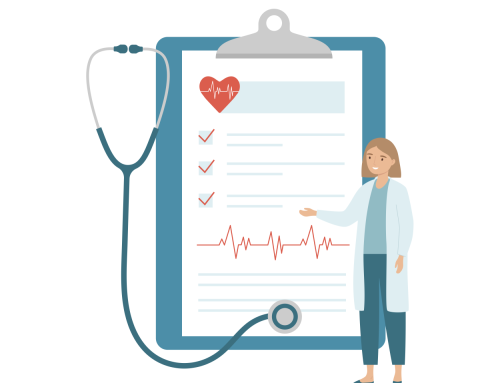Healthcare Quality | HCAHPS
When it comes to assessing healthcare quality, we’ve already talked about the trouble with defining ‘quality’, the patient’s perspective and touched on the value of HCAHPS data. The final piece of the puzzle is how do healthcare organizations, hospitals and providers use the HCAHPS data to improve their outcomes?
It’s not enough to have this data, you as a provider or healthcare leader need to understand the best way to utilize it. It’s not enough to just take this data at face value, hospitals have to be able to put it into the larger context of their healthcare culture. Gone are the days when healthcare organizations can only look at HCAHPS data in terms of patient satisfaction: now more than ever the link to patient safety has become more of a focal point.
The HCAHPS survey data has the ability to put several major organizational concerns into a neatly quantified list:
Readmissions: Why are patients getting readmitted? What can be done to prevent these readmissions, if anything? What diagnosis, or diagnoses, is most likely to lead to a readmission? Was the patient educated about follow-up, possible complications and medication regimens?
Mortality: Could a patient’s death have been prevented? If the hospital experienced sentinel events in the last calendar year, what was the outcome of that reporting? Were changes made in the workflow to address concerns or areas of weakness that might have led to patient death or injury?
Quality and Safety in other clinical and non-clinical areas: Are there other relationships to be made between patient experience and quality and safety measures? Are hallways free of unnecessary equipment? Can nurses get the meds and materials they need easily? Is there a delay in when it gets to a patient because of poor or inefficient storage of commonly used items? Is the organization educating staff on preventing needle-stick injuries?
Healthcare Quality Leaders
In all of these areas, the healthcare leaders are major players. They need to be accountable not only for the success of an organization, but their shortcomings also. If the leaders of an organization are not well-informed on what it’s like for those “in the trenches”, how can they possibly make changes to improve workflows or address such important issues, like sentinel events?
Leaders, together with middle management and everyone involved out on the floor, working with patients each day, need to work together to improve outcomes for a healthcare system. It’s a team effort. It’s not enough to reform the process; those whom it affects must agree to implement the changes. If they are going to be open to change, they need to understand why it is important to do so. This task can fall to department managers, who may have heard the goal setting from the C-Suite, but in an ideal world the leaders of an organization would be able to provide this information to employees on all levels, and make change personal.
Setting SMART Goals
With HCAHPS data in hand, the entire hospital is tasked with making such changes. Goals must first be set, and good goal setting follows the SMART criteria often used in organizational development:
Specific – the goal set is clear to all
Measurable– the goal is something that can be measured objectively
Achievable– the goal is within reach of the organization
Relevant– the goal matters to the healthcare organization
Time-bound– the goal is not “whenever, wherever” but has a clear time line that all are expected to abide by.
Before your organization tackles all that HCAHPS data, find out if SMART works for you – and use it to re-evaluate your strategy as you begin goal-setting based on what the data tells you about how your organization is fairing.
In the end, everyone’s goal should be to provide the best care possible to patients.
BHM is a healthcare management consulting firm whose specialty is optimizing profitability while improving care in a variety of health care settings. BHM has worked both nationally and internationally with managed care organizations, providers, hospitals, and insurers. In addition to this BHM offers a wide breadth of services including healthcare transformation assistance, strategic planning and organizational analysis, accreditation consulting, healthcare financial analysis, physician advisor/peer review, and organizational development.







RT @BHMHealthcare: The Quest for #Healthcare #Quality Part III: Providers & #HCAHPS: http://t.co/cHP2qBwoe3
Ibrahim Eslayeh liked this on Facebook.